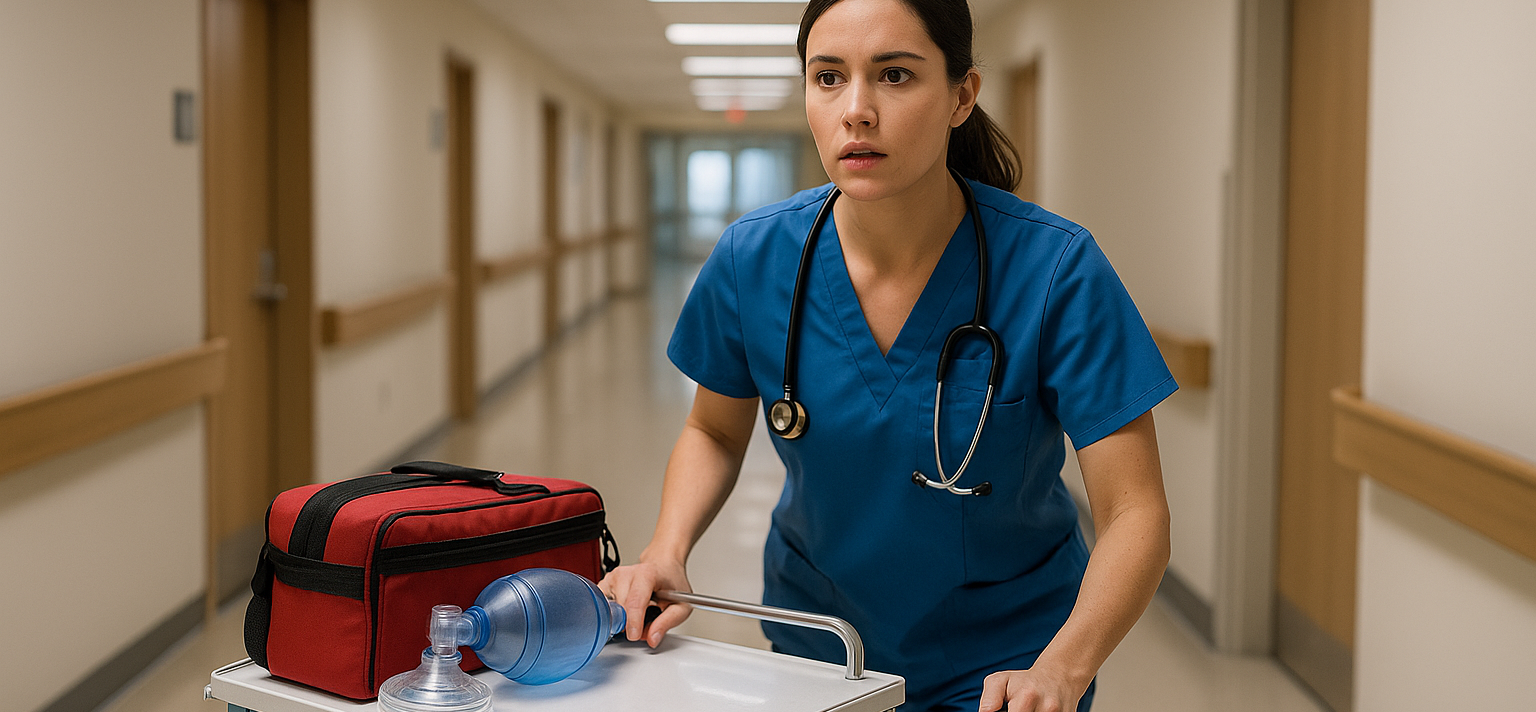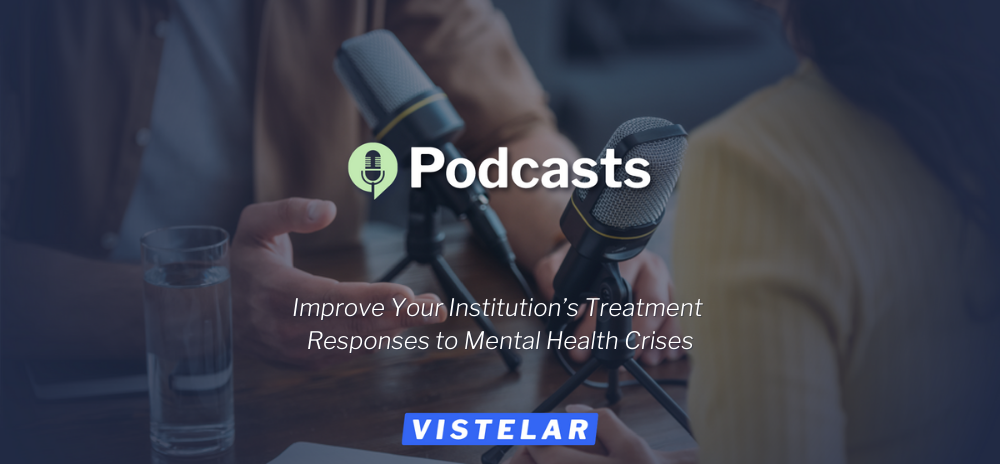During the class, the instructors learned how to respond to institutional emergencies that include disturbance emergencies, medical emergencies, fire emergencies, and miscellaneous emergencies such as weather emergencies and power outages. They discovered that all these emergencies could be responded to using the First Responder Philosophy.
First Responder Philosophy Components:
- Arrive on the scene (become aware of the emergency)
- Assess the situation (determine type of emergency)
- Alarm (notify control center / get back up responding, if needed)
- Evaluate the situation (are there any hidden dangers?)
- Enter the emergency site (when you have enough back up and it’s appropriate to do so)
- Stabilize subject/scene (restrain subject, if appropriate)
- Check Medical Status (remember that you need to stabilize the subject(s) before proceeding to this step)
- Monitor Long Term (does the subject have “special needs” that require additional care / supervision – Medical / Mental Health / Security)
- Communicate (communicate what you have, what type of assistance is needed, who is responding, who is bringing in the emergency equipment, when you have enough assistance on the scene, when the emergency is over, etc.)
- Document / Debrief (detailed reports on what led up to the emergency, what occurred during the emergency, and how the staff followed up after emergency, as well as the findings of the investigation that followed. And remember: If the staff doesn’t discuss and evaluate their response they will keep making the same mistakes)
Being able to quickly, efficiently, and effectively respond to an emergency situation is the cornerstone of any institution’s commitment to safety. This commitment begins with planning for these emergencies, conducting “fire drills” to insure proper performance and debriefing after any emergency to determine how you did and how to do better next time.
An additional benefit of this type of planning is that it allow objective review of performance by staff, a template for writing reports and the ability to defend staff response based on what they were trained to do.
You may want to remember the seven P’s originally developed by Calibre Press for the Street Survival Seminar that I have modified for treatment professionals: Proper, Prior, Planning, Prevents, Predictably, Poor, Performance.








